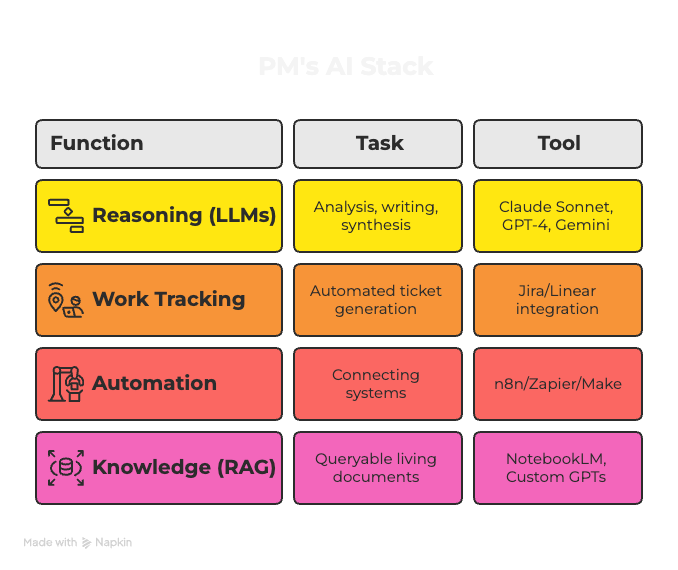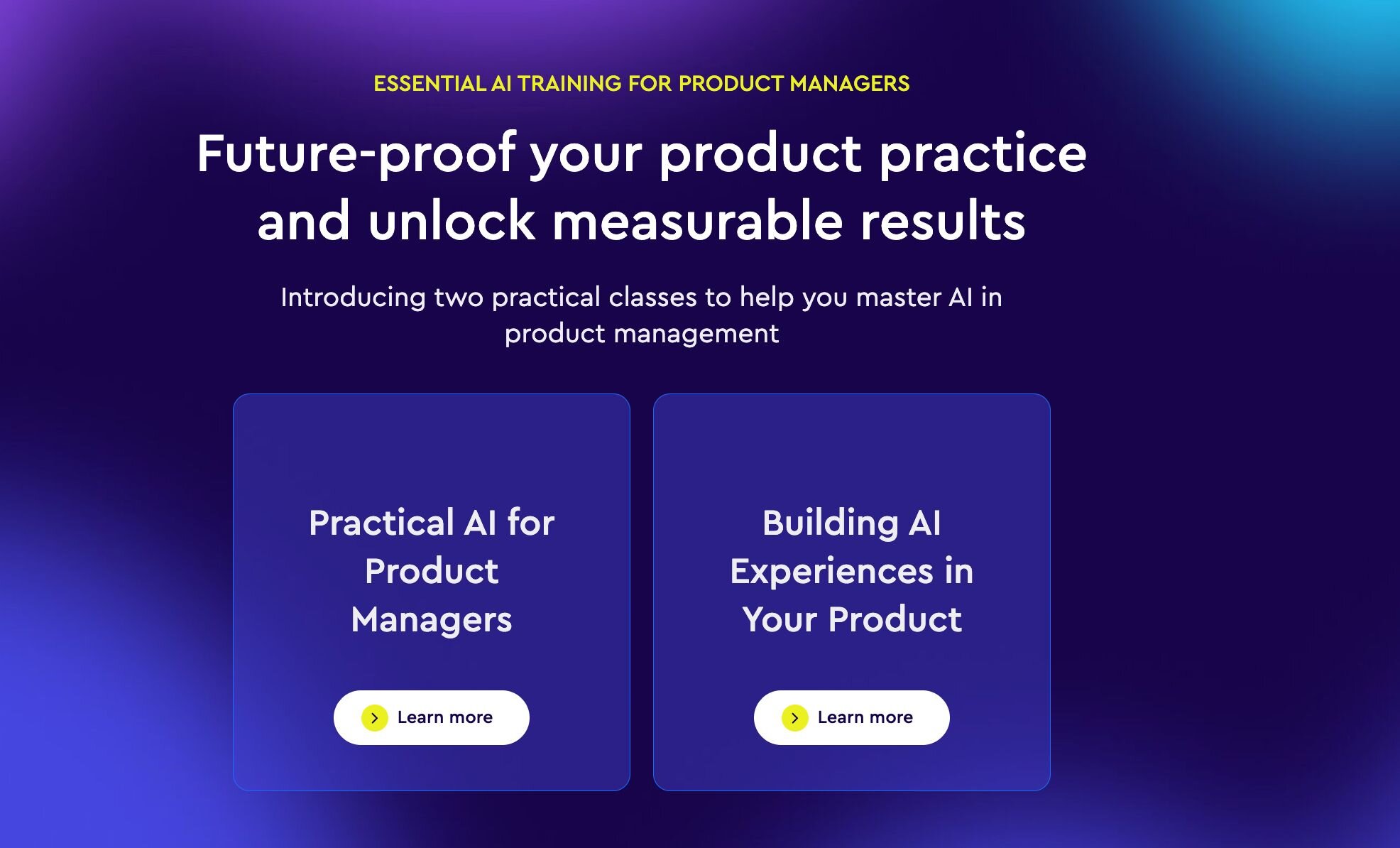Order promising – the process of assuring customers accurate delivery timelines at checkout – is a $470 billion problem plaguing both online and brick-and-mortar retailers today. Out-of-stock errors, late deliveries, and poor demand planning caused by inaccurate order promising, results in a 2-4% loss of revenue annually industry-wide. With the rise of multichannel commerce, order promising complexity has skyrocketed – necessitating an AI-driven revolution.
The high cost of faulty order promising
Faulty order promising inflicts costs in three key areas – customer satisfaction, logistics, and working capital. In fact, 30% of customers impacted by stock-outs will switch retailers so these missteps damage brand loyalty too. On the logistics side, overstock caused by poor demand forecasts bloats inventory carrying costs. Further, out-of-stocks force expensive split-shipments while working capital is locked in the wrong SKUs. Alternatively, AI-optimized order promising cuts these hidden costs.
What happens without AI-optimized order promising:
● Samsung Galaxy Note 7: Samsung released the Galaxy Note 7 in August 2016, but it had to recall the device just a few weeks later due to battery problems. The recall was handled poorly, and Samsung did not provide customers with accurate information about when they would receive replacement devices. This led to a lot of frustration and anger from customers.
● Apple iPhone X: Apple released the iPhone X in November 2017, but demand for the device far exceeded supply. As a result, many customers had to wait weeks or even months to receive their devices. Apple's order promising system was not able to keep up with the demand, and many customers were left disappointed.
These cases show that when order promising goes wrong, it can lead to poor customer experience and damage the reputation of the manufacturer. AI solutions can help businesses with multi-seller and multi-manufacturer fulfillment challenges by providing a unified view of inventory levels and shipping times, and developing order-promising algorithms.
Here are a few tips on how businesses can improve their order promising in a multichannel fulfillment setup:
● Use machine learning (ML) to improve your order-promising accuracy. ML models can be used to predict demand, estimate shipping times, and identify potential fulfillment disruptions.
● Use real-time inventory data: This will help you to set customer expectations accurately. If you don't have real-time inventory data, you may underestimate or overestimate how long it will take to fulfill an order.
Leveraging AI to enhance order promising accuracy
AI improves order promising accuracy by dynamically estimating delivery lead times, allocating stock across fulfillment channels, and generating precise demand forecasts. AI-powered predictions enable retailers to set delivery expectations and notify customers on order status.
They can also help in the following circumstances:
● Demand surge: If AI predicts that demand for a particular product is likely to surge in a particular area, the business can allocate more inventory to that area.
● Warranty callbacks: If AI identifies a particular batch of products as being more likely to need warranty repairs, the business can prioritize the replacement of those products.
● Optimized inventory allocation: AI can optimize inventory allocation across channels and locations. This helps to ensure that products are always available where they are needed most.
● Reduced costs: By improving order promising accuracy and rebalancing sales and warranty replacements, AI can help businesses to reduce costs associated with overstocking, stockouts, and late deliveries.
Get started in building an AI solution and factors to consider in designing such a solution
Developers, scientists and business leaders should consider the following when building an AI solution for improving the accuracy of order promise in B2B or B2C domain:
Data quality: Imagine a furniture manufacturer using inaccurate inventory data to train an AI for order promising. They might promise delivery dates customers can't rely on, leading to frustration and potential order cancellations. (Example: A company's inventory system miscounts available chairs, leading the AI to promise faster delivery than possible. Disappointed customers blame the wrong department, harming brand reputation.)
Data volume: A small e-commerce shop with limited historical sales data might struggle to train an effective AI for predicting order fulfillment times. This could lead to inaccurate promises and potential stockouts. (Example: A startup selling handmade jewelry lacks enough data to train an AI for accurate delivery. They underpromise shipping times, missing out on potential sales due to customer skepticism.)
Data variety: A B2B AI predicting delivery for industrial equipment might miss crucial factors if trained only on historical sales data. Considering weather patterns, supplier delays, and specific product configurations can significantly improve accuracy. (Example: An AI trained on past shipments of generic machinery fails to predict delays due to unexpected winter storms, impacting deliveries and production schedules for B2B customers.)
Model selection: A complex AI forecasting model may not be optimal for a small B2C store with basic order promising needs. Choosing a simpler yet efficient model can yield better results with less resource investment.
Model interpretability: Explainable AI techniques can help businesses understand why their AI promises certain delivery times. This transparency builds trust with customers and helps identify potential biases in the model.
Model bias: An AI trained on biased data predicting delivery times based on customer locations could lead to unfair outcomes. Businesses need to actively seek and address biases in their training data and model development.
Deployment: Integrating the AI model seamlessly with existing order management systems is crucial for smooth implementation and real-time accuracy.
Conclusion
While AI-optimized order promising presents great potential, product managers should remain vigilant of core tenets of supply chain and operations to drive maximum value. Foremost, integrate human oversight into automation-enabled workflows. As algorithms ingest new data and refine predictions, continually monitor for accuracy to avoid misleading customers on delivery timelines.
Secondly, align AI-powered order promising with broader inventory and revenue optimization objectives. Use predictive insights not just to assign priorities but to strategically balance supply-demand gaps across locations, informing smarter allocation and production decisions.
Additionally, make AI transparency and explainability priorities, not afterthoughts. Interpretability tools help suppliers and customers comprehend order status. Proactively communicate AI safeguards and governance policies to establish trust.
Lastly, take an iterative approach. Start with focused AI pilots, validate ROI, then scale across operations. Continually track customer satisfaction metrics and fine-tune algorithms based on feedback.
While AI promises enormous efficiency gains through elevated order promising, avoiding common pitfalls requires cross-functional orchestration and sustained commitment from product managers. By upholding responsible oversight, driving supply-demand synergies, stressing transparency, and perpetually honing through measured iterations, businesses can fulfill AI's full potential to profitably deliver exemplary customer fulfillment experiences.
Disclaimer: The views and opinions expressed in this article are those of the authors solely and do not reflect the official policy or position of any institution, employer, or organization with which the authors may be affiliated







